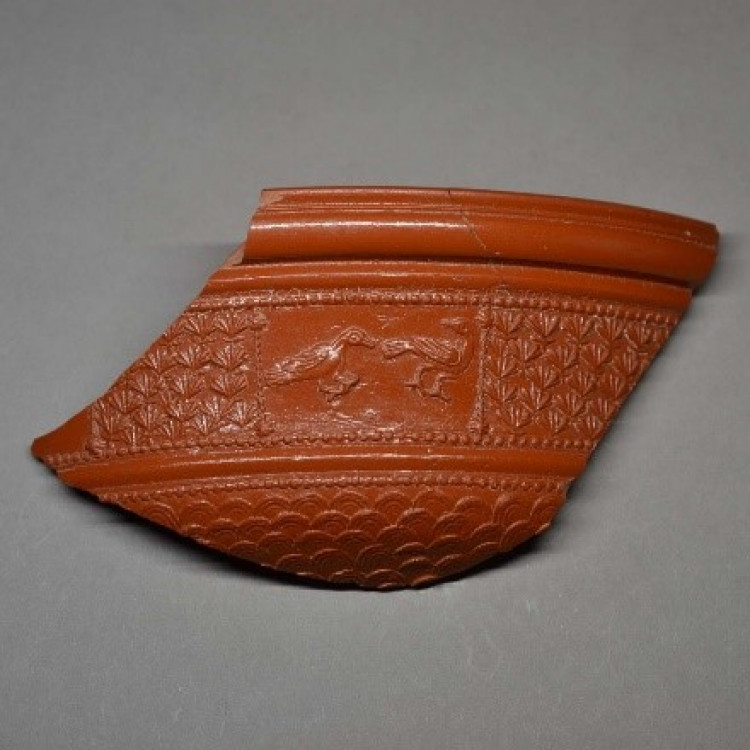What did the Romans do for us?....
By Susan Yates - Nub News contributor 21st Oct 2023
By Susan Yates - Nub News contributor 21st Oct 2023

Here's the latest occasional column from Sue Yates, chair of Thurrock Historical Society, who looks back how the Romans may have shaped part of Thurrock's history
--------
BRITAIN enjoyed diplomatic and trading links with the Romans since Julius Caesar's expeditions in 55 and 54 BC, however these had only been to please his adoring public back home in Rome and for political propaganda.
The Roman era began in earnest in 43AD when the then Emperor Claudius sent four legions from his army under the command of Aulus Plautius to invade and conquer Britain. The occupation lasted for four centuries:
- 43 AD Invasion of Claudius
- 60 AD Boudiccan Revolt
- 78-85 AD Agricola governor of Britain
- 120 AD Hadrian's Wall
- 140 AD Severan Wall
- 3rd and 4th centuries Large numbers of Roman troops occupying the country
- 410 AD Romans abandon Britain.
The Romans landed on the south coast probably at Richborough and made their way across Kent to the River Thames.
They possibly crossed the Thames somewhere in Thurrock.
We know the Romans were in Thurrock because of Roman tiles in St Michael's Church, Aveley, which also had the Roman road of Bredle Street.
In January 1956 members of Thurrock Local History Society carried out an excavation in the gravel pit adjacent to Moor Hall where two Romano British vessels had been uncovered. They discovered remains of Romano-British ware and one coin (a sestertius).
In West Thurrock in July 1930 a Roman amphora burial was revealed
An amphora burial is one where cremated remains are placed in an earthenware vase which usually tapers at the bottom with a narrow neck at the top with two handles one either side. This one was discovered near the Tunnel Cement factory about four feet down.
The burial is thought to be 2nd or 3rd century AD. The amphora is on display in the museum gallery in the Thameside building at Grays.
There is further evidence of Roman occupation.
An excavation on the hockey pitch at Palmer's girls' school in 1970 by Dr Warwick Rodwell revealed a Roman kiln from the 2nd century AD. It came to light when a sewer trench was being dug.
The kiln contained broken pots from the failure of its last firing.
The Romans did not import roof tiles and pots but created kilns and manufactured them on site. Excavations at Mucking between 1965 and 1978 showed a kiln there.
Home Farm on the North Ockendon/Bulphan border was the site of a Roman burial ground. It was discovered in 1858 and was extensive but although they found Samian pottery no metal objects came to light. This area was dug up and ploughed years ago with no further finds made.

Samian Ware, is basically fancy Roman tableware. It is the most common high quality pottery from Roman Britain and was produced in places such as Colchester. It is red and glazed and the majority found on British sites was produced between the first and second century.
Who knows what there is still to be discovered?
CHECK OUT OUR Jobs Section HERE!
thurrock vacancies updated hourly!
Click here to see more: thurrock jobs
Share:














